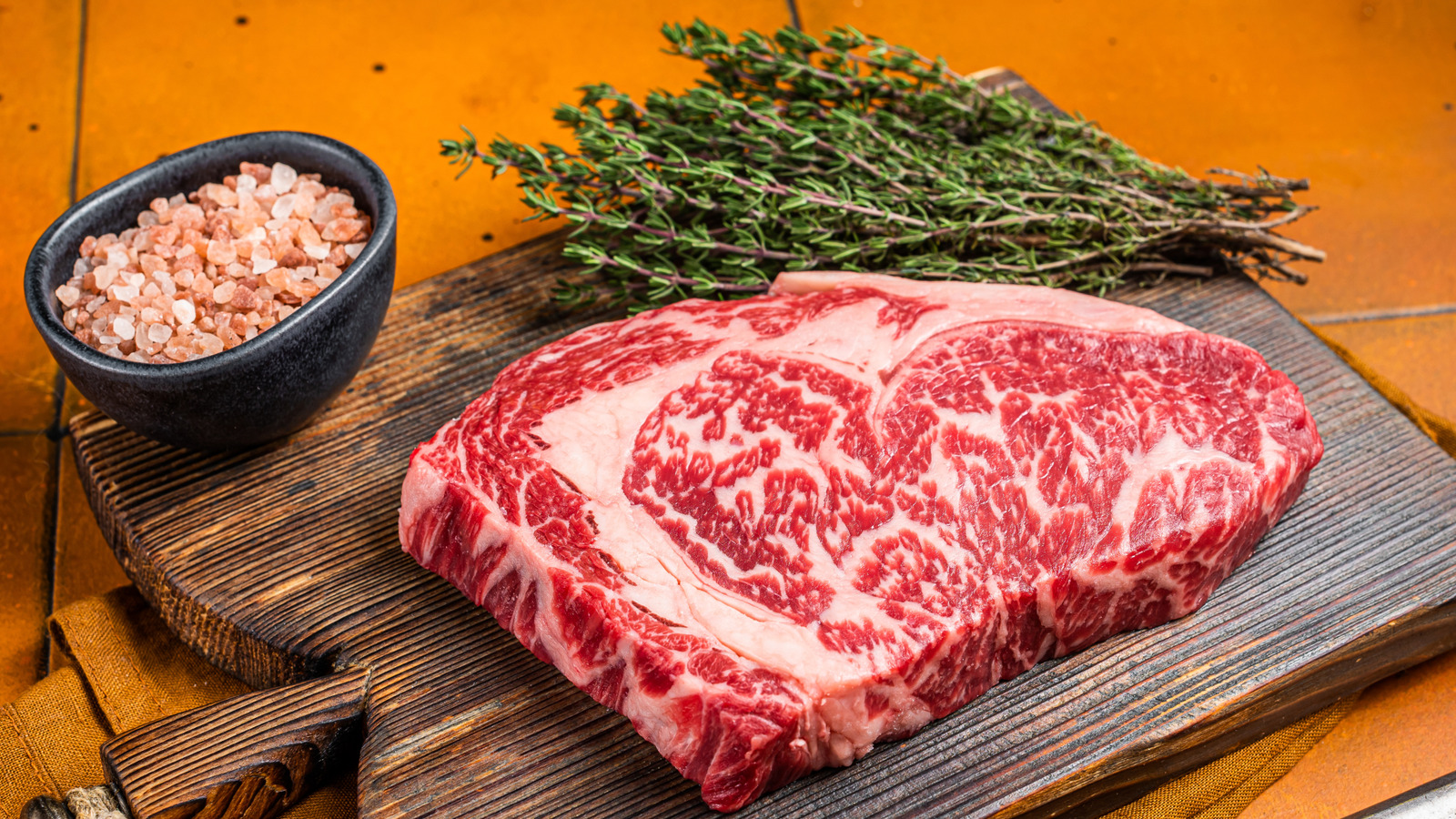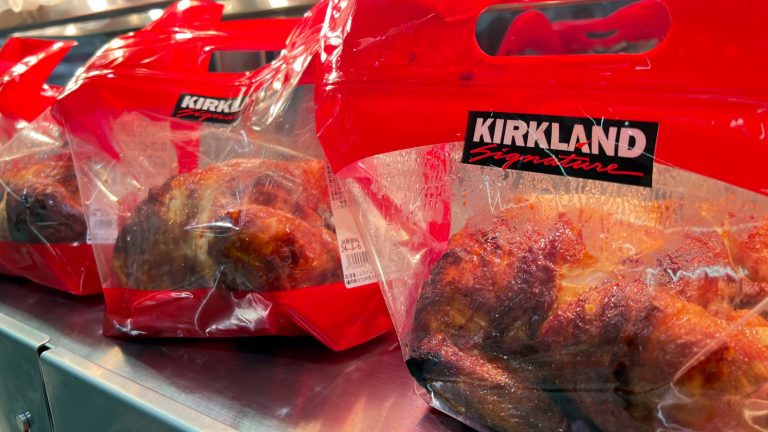For beef lovers, Japanese A5 wagyu and USDA Prime steaks are nirvana. Both are extremely tender, mouthwateringly juicy, and boldly flavored. But Japanese A5 wagyu is much more expensive than USDA Prime. We asked chef Russell Kook, culinary director at The Bellevue Chicago and “Iron Chef” contestant, for his opinion on the differences between both types of steak. “Japanese A5 wagyu is known for its incredibly high fat content,” he told us, “far beyond what you’ll find in USDA Prime.” USDA Prime beef has between 8% and 13% fat, while Japanese A5 wagyu has at least 21%, and depending on the cut, its fat content can be as high as 50% to 60%. “That intense marbling creates a much richer, more buttery flavor and a melt-in-your-mouth tenderness that’s hard to beat,” Kook said.
Less than 2% of all beef in the U.S. is graded Prime and the category is mostly reserved for restaurants — although you can find Prime beef at Costco — so there’s little doubt that it’s superior to other graded beef. Wagyu, however, is a more indulgent experience altogether. Kook agrees, saying, “It’s almost like the difference between a luxury treat and an everyday staple.” Because of the higher fat content, however, sometimes certain Prime steaks can be a better option than wagyu, for example, ribeye because they have more texture and can be cooked longer without resulting in overwhelming richness.
Wagyu and USDA Prime shouldn’t be cooked the same way
Japanese wagyu cattle are genetically bred to promote the growth of intramuscular fat, but they’re also raised and fed in unique ways that vastly differ from American cattle. This is largely why wagyu is so expensive. One of the fascinating facts about wagyu beef is that breeders believe that massaging their cattle distributes the fat more evenly throughout the muscles. Despite the differences in fat content, Kook emphasizes that he doesn’t necessarily prefer wagyu over Prime. “It’s definitely not a one-size-fits-all situation,” he said. He loves a Prime rib eye, which has the right amount of fat, while a wagyu ribeye would be almost too rich. On the other hand, Kook would choose a wagyu filet over a Prime filet because “the fat content enhances the naturally tender cut without making it overwhelming.”
The other big difference between the two steaks is that they shouldn’t be cooked the same way. Because of wagyu’s heavy marbling, Kook told us that it really shines in smaller portions and quick-cook methods. In Japan, for example, wagyu is usually sliced very thinly and dipped into a shabu-shabu or sukiyaki hot pot or seared quickly over an open flame. “I wouldn’t grill a wagyu steak the same way I would a Prime one,” Kook continued. “It’s too delicate and fatty for that kind of heat. Instead, I’d sear it fast and serve it in smaller bites.”






